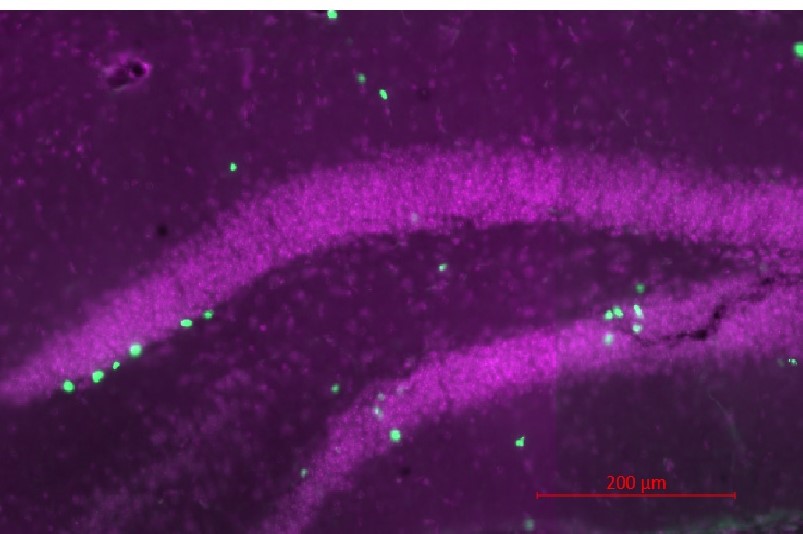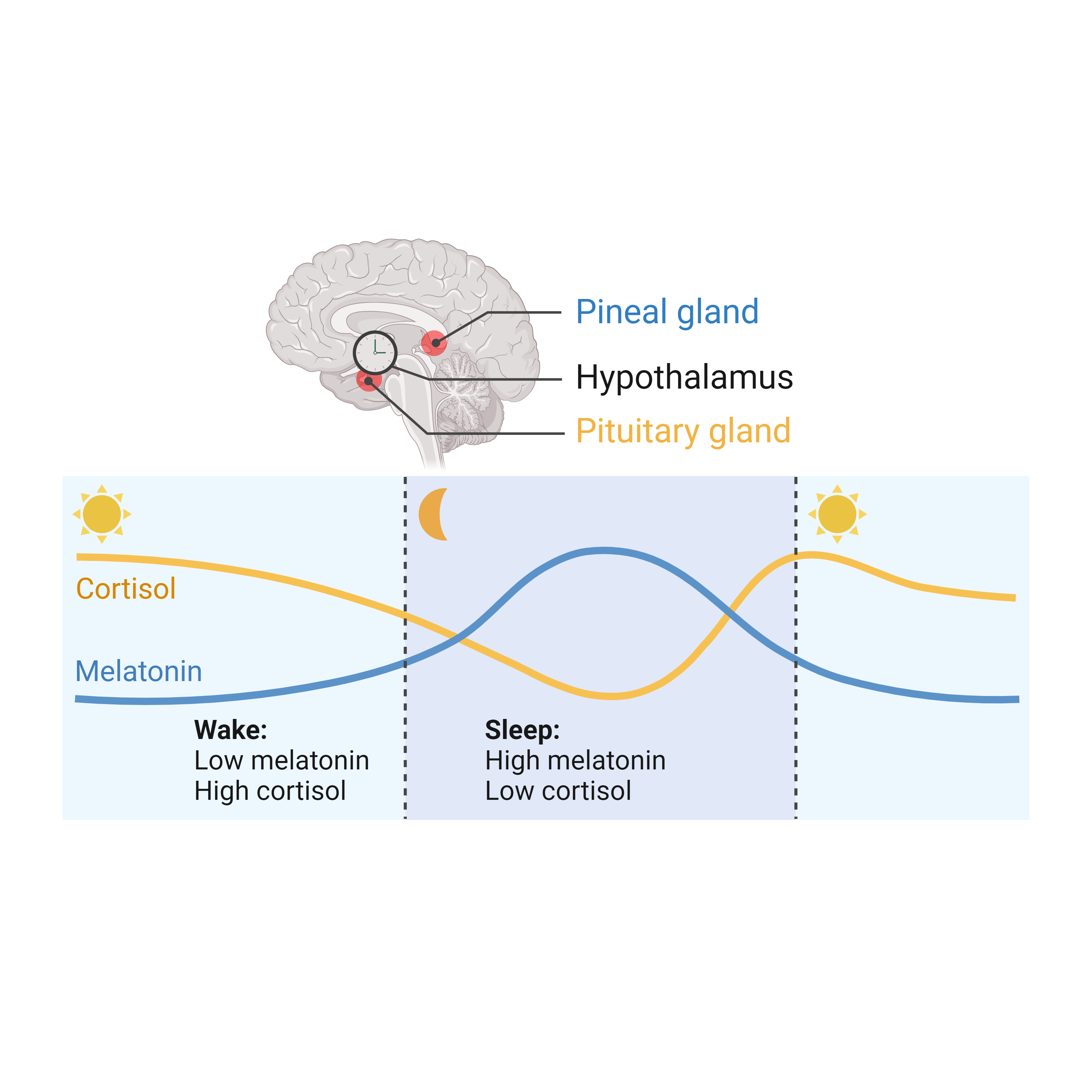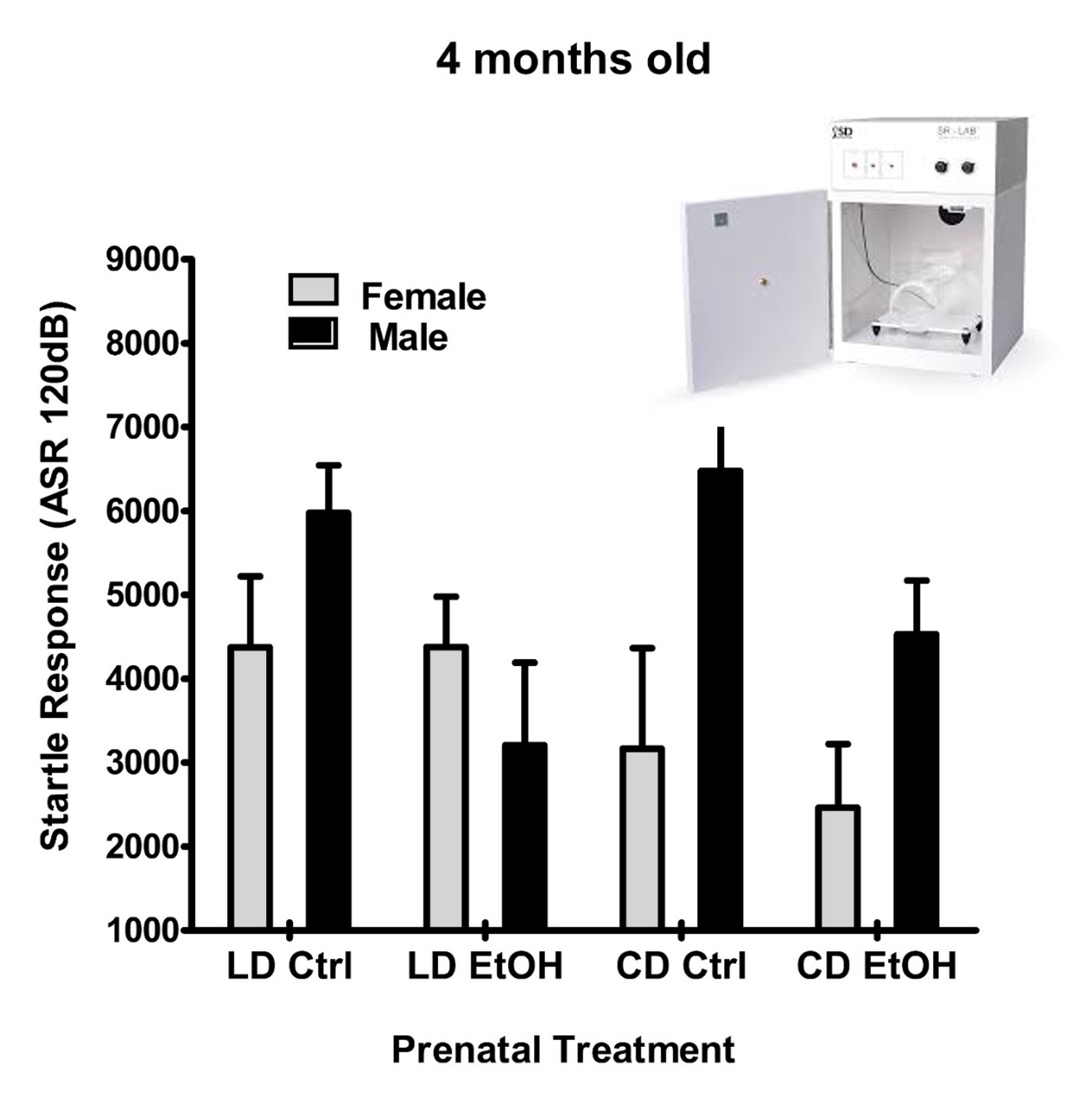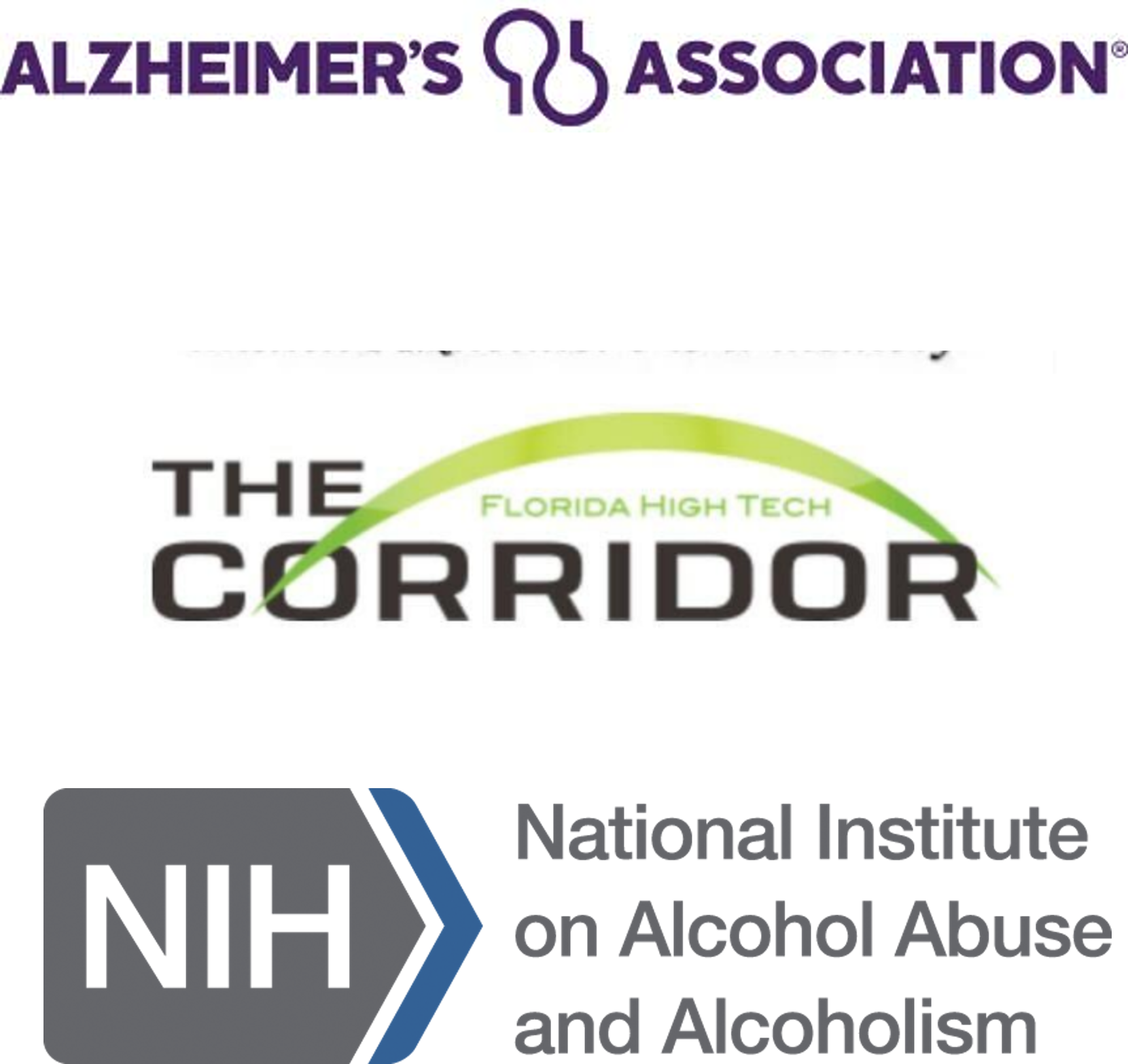About the Lab of Dr. Danielle Gulick
The primary interest of our research lab is to understand the global impact on circadian-sleep disruptions and alcohol addiction, with a focus on neurodevelopment and neurological disease states.
The primary interest of our research lab is to understand the global impact on circadian-sleep disruptions and alcohol addiction, with a focus on neurodevelopment and neurological disease states.

Our lab focuses on the impact of addiction, particularly alcoholism, across the lifespan. Specifically, we are interested in the stressors and developmental changes that make adolescents so susceptible to addiction, and in the effects of alcohol and other drugs of abuse on aging and in neuropsychiatric disorders. Secondarily, we are interested in the role of circadian rhythms in addiction, and the impact of alcohol abuse on neurodegeneration, especially Alzheimer's disease. We aim to better understand addiction in order to aid in the development of more effective strategies for treatment. To this end, we study both molecular and behavioral changes related to alcohol and drug abuse in cell lines, tissues, and in preclinical models of disease.
Most adolescents and many adults in the United States get insufficient sleep on a regular basis, putting them at risk for a wide range of health issues including poor cognitive functioning, affective disorders, and predisposition to alcohol use disorder. The prevalence of these circadian sleep problems stems from three interrelated factors: 1.The natural circadian rhythm of a teen and young adult is to fall asleep later than other age groups; 2. Use of electronics at night simulates daylight, delaying the onset of sleepiness; 3. 93% of high schools start earlier than recommended by the American Academy of Pediatrics. In addition, adults in a spectrum of careers are exposed to disrupted circadian cycles through shiftwork, parenthood, and travel across time zones. These factors contribute to circadian rhythm sleep disorders that put individuals at risk for addiction, mood disorders, and cognitive decline in later life.


Contrary to older reports, recent research has suggested that as many as 1 in every 10 children suffers from a fetal alcohol spectrum disorder (FASD), but children with milder FASD frequently lack the facial dysmorphology that can drive a clinical diagnosis, and thus FASD goes drastically under-reported. If FASD affects 10% of the population, and produces lifelong changes in neuroinflammation, oxidative stress, and cognition, then PAE could confer a large but unrecognized risk in AD. When combined with the circadian sleep disruptions that occur frequently during pregnancy, there is a likely, but unproven, risk of greater impacts on neurodevelopment and health brain aging.

